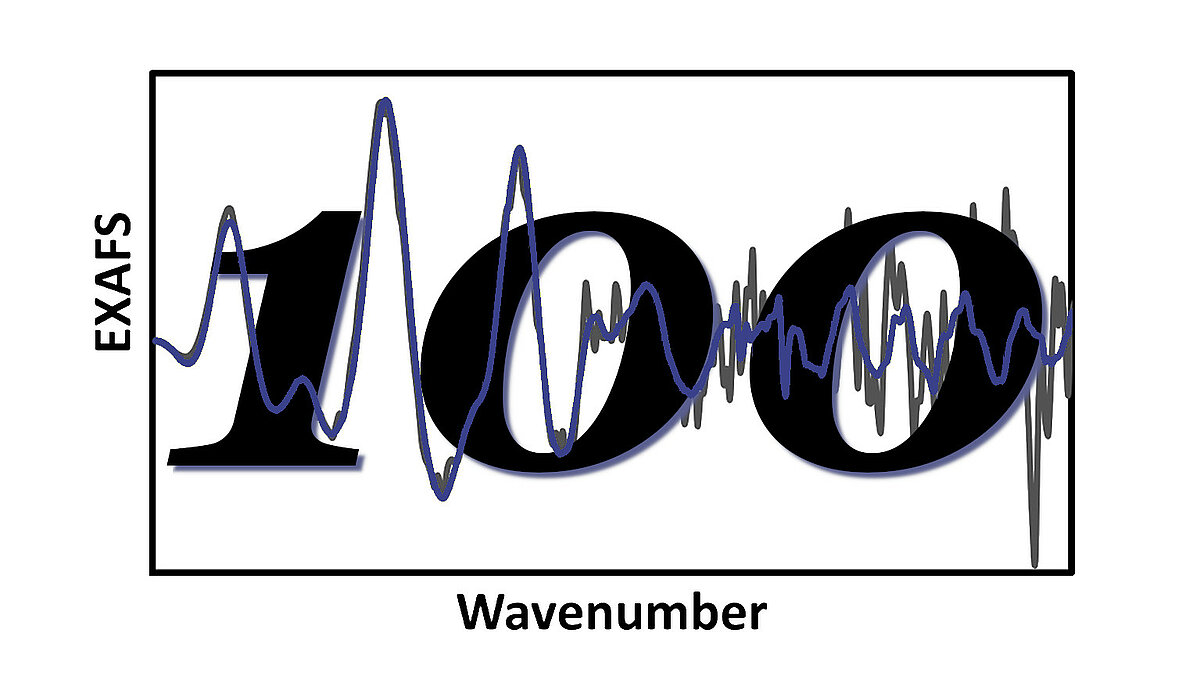
Since the Stone Age, various materials have accompanied people through their life and have played an invaluable role in the development of humanity. Metals, glass, and ceramics are some of the most common materials that we have used for centuries and that still surround us in our daily life. For a long time our knowledge of materials has evolved empirically until in the late 19th century it was demonstrated that the physical properties of a material are related to its atomic structure, i.e., how atoms are arranged and bonded to each other. Knowledge of the structure of a material is fundamental to understanding and changing its properties and behaviour, which ultimately determines its practical applications. This task is challenging because the small size of atoms of about 0.1 nanometer (which is about 1 million times smaller than the thickness of human hair) is beyond the sensitivity of our eyes, as well as other optical instruments, including state-of-the-art optical microscopes.
A breakthrough in the study of the atomic structure of materials is associated with the discovery of X-rays in 1895 by the German scientist Wilhelm Röntgen. X-rays are high-energy electromagnetic radiation with wavelengths in the range of 0.01-10 nm, which are comparable with the atom size. Good penetration of X-rays through the matter and interaction with electrons of atoms make them ideally suited to study the atomic structure and chemical bonding in materials.
There are several ways to produce X-rays. An X-ray tube is probably the most widely used source that many of us have encountered when visiting a surgeon or dentist. However, scientists are now increasingly using ring particle accelerators, called synchrotrons, to get super-bright X-rays with an intensity many orders of magnitude higher than one can get from the X-ray tube. This allows them to perform experiments more accurate, faster and using tiny samples down to nanoparticles and single molecules. Currently, there are 16 synchrotron facilities in Europe (more than 50 in the world), which are used by scientists from all over the world, including Latvia. Even brighter X-ray sources, known as free-electron lasers, have already started their operation and open up new opportunities, allowing scientists to study dynamic processes in materials on a time scale down to femtoseconds.
Two main experimental methods exist to study the structure of materials based on X-rays.
X-ray diffraction is the most known and widely used method. It was discovered in 1912 by the German scientist Max von Laue, who received the Nobel Prize in Physics for this in 1914. The method is based on the phenomenon of constructive interference of X-rays from the crystal lattice. The result is a so-called “diffraction pattern” that is unique to each crystalline material and allows them to be distinguished. Subsequent detailed analysis of the diffraction pattern allows scientists to determine the atomic structure of crystalline materials.
Extended X-ray absorption fine structure (EXAFS) spectroscopy, often referred to simply as XAFS, is a complementary method to diffraction. It probes the local atomic structure around a specific element in a material. The structural information is encoded in tiny fluctuations of the X-ray absorption coefficient, extending far beyond the absorption edge of the element. Since the X-ray absorption edges of all elements in the Periodic Table are located at different energies, the method is element selective. Moreover, its sensitivity only to the local atomic structure makes EXAFS an ideal tool for studying both crystalline and disordered solids, liquids, and gases. In complex materials, EXAFS allows probing the local environment around atoms of different types independently. It is also applicable at both high and low concentrations of the chemical element of interest and allows scientists to follow modifications of material structure at different temperatures, pressures, electric and magnetic fields as well as in different gas atmospheres.
The results of the first observations of EXAFS were published in the Physical Review journal in 1920 by the Danish scientist Hugo Fricke, who performed experiments at the University of Lund (Sweden), in the laboratory of Prof. Manne Siegbahn, a future Nobel Laureate. So this year we are celebrating the 100th anniversary of EXAFS spectroscopy.
Today, EXAFS spectroscopy finds many applications in various fields of science and is increasingly becoming an interdisciplinary research tool. It is widely used to unravel structure-property relationships in materials being critical for a variety of fields, ranging from chemistry and physics to life sciences, environmental sciences and energetics, from archeology and cultural heritage to informatics and nanotechnology. The EXAFS experiments conducted at extreme conditions (high temperature and pressure) are especially valuable to uncover the behavior of high-performance materials for critical technological applications as well as for a better understanding of geological processes in the bowels of the Earth and on other planets.
Institute of Solid State Physics, University of Latvia (ISSP UL), being the leading research centre in the field of material science in Latvia, is an active player in the field of EXAFS spectroscopy for more than 30 years. During this time, ISSP researchers have aсcumulated strong experience in the use of synchrotron radiation, implementing 4-5 projects per year at various European synchrotron facilities, such as PETRA-III (Hamburg), SOLEIL (Paris), ALBA (Barcelona), ELETTRA (Trieste), MAX IV (Lund), and ESRF (Grenoble). In parallel with the experimental activities, significant efforts have been made at ISSP UL over the past ten years to develop theoretical methods based on atomistic simulations to improve the reliability and the amount of structural information that can be extracted from EXAFS spectra. The accumulated know-how and expertise in EXAFS data analysis place the ISSP team among the leading groups in the European Research Area and beyond, providing new opportunities for international collaboration. ISSP UL also represents Latvia in the European Synchrotron and Free-electron laser User Organisation (ESUO).
 |  |
ISSP UL team at the recent experiment (October 2020) using high-resolution von Hamos-type X-ray emission spectrometer at P64 Advanced X-Ray Absorption Spectroscopy beamline at PETRA-III synchrotron (Hamburg). | |